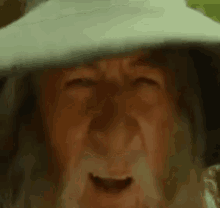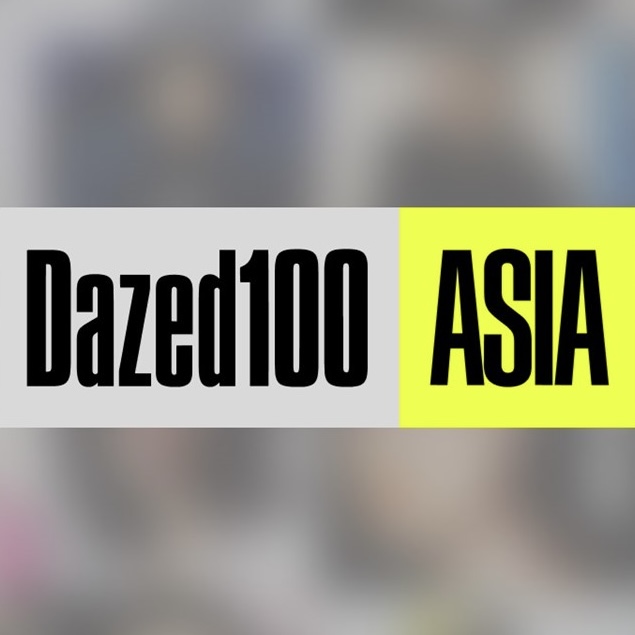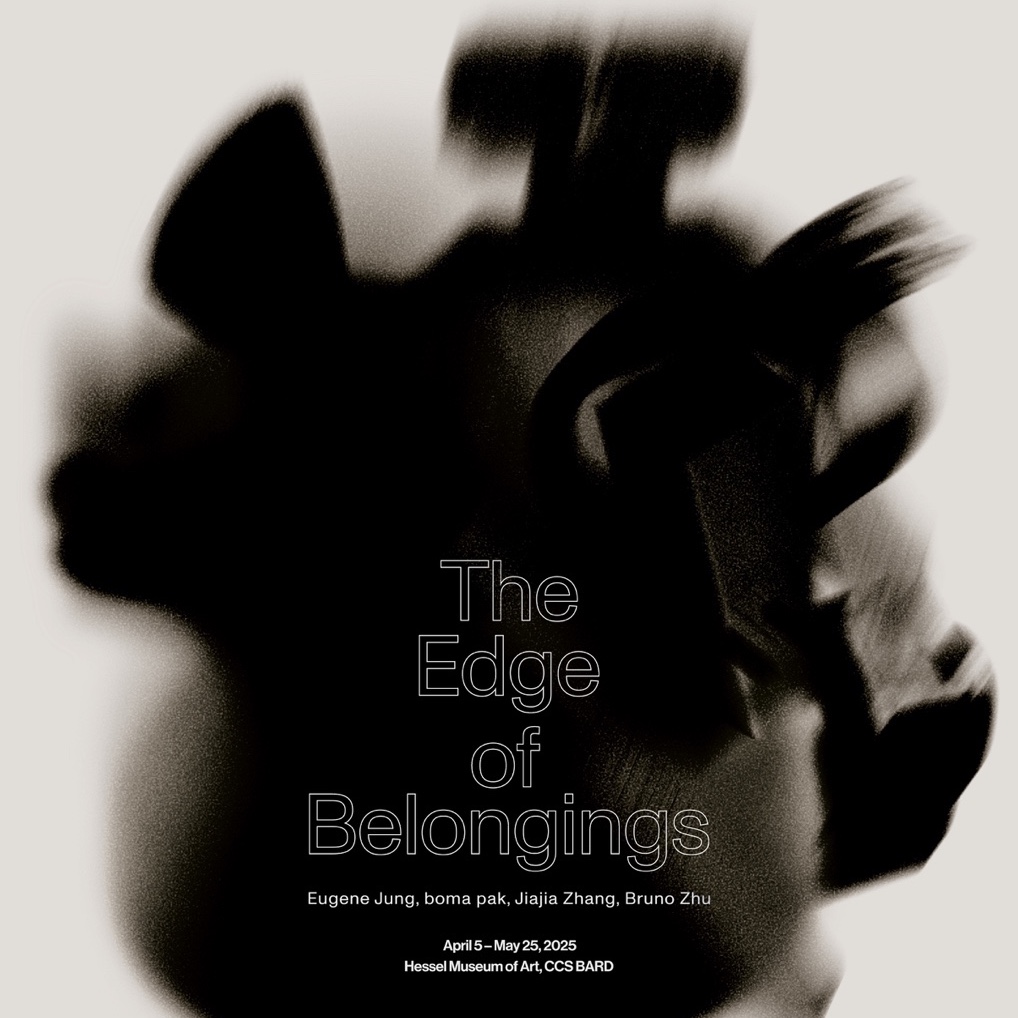Hyukgue Kwon
Disasters are recurring daily life. War, viruses, global warming, and natural disasters are no longer accidents in unexpected places but are present as the circumstance in the group I belong to. Disasters in everyday life become objects of resignation and abandonment rather than overcoming or breaking through, and they become closer to consumption and play. The slogan of the new normal and new industry during the pandemic was nothing less than a consumer replica of a disaster. The number of confirmed cases and deaths of the virus became nothing more than data and fills one side of portal sites without attracting anyone's attention. The signs of the climate crisis that appear everywhere are just warnings to “Don’t Look Up” for your trivial life, as in the title of a movie. If you can fantasize about migrating to the moon while immersed in blockchain and cryptocurrency even in the face of war and economic crisis, and if you can fulfill your travel desires through single-person camping and no-landing flight package, there is no problem, you can even feel happiness despite everything. With love imitating tv dramas and wars imitating movies, the reproduction and consumption of disasters may be just boring daily life that is no longer shocking or disturbing.
Eugene Jung’s solo exhibition RUN (2022), which takes its title from an online meme, begins with the symptoms of a disaster that has become everyone’s but lost a sense of reality. Now when the representation of a disaster has become a disaster in itself, how will the exhibition address the neglect and misreading of disasters that are prevalent everywhere? First, let’s talk about the sense of distance the title indicates. Experiencing and understanding (or misreading) something Is possible within a certain sense of distance, just like perceiving an image or an object. In other words, the loss of sense of distance means the loss of an object that can be recognized as a separate entity, and furthermore, the absence of experience. The artist tracked the habitation of disasters copied and distributed through her last solo show Doomsday Garden + Pirated Future (2019). And the audience witnessed a scene where the spectacle and entertainment in which the ‘sense of distance’ from disasters was fundamentally blocked led to the invalidation of senses and experience. Then, in 2022, when disaster became a daily life, not a testimony of the past or prediction of the future, what kind of escape or creation will RUN explore from a world without a sense of distance? How does the exhibition approach the impossibility of immersion in disasters?
RUN creates a theme park of sorts by combining and exaggerating scenes of disasters found on a daily basis. The fictionality of today’s disaster is laid in the physical space, revealing suspiciousness and doubt. Through Fortune earth(2022), installed in the front yard of the exhibition space, the artist dismantles the giant sphere-shaped earth model, which is usually located at theme park entrances and arranges it like rubbles. The audience sees the roughly ripped off and entangled inside, cracked and cut cross-sections, and uneven surface layers from the shattered pieces. When the audience enters the space past this, they are faced with a thin sheet of walls that mimics rusted metal. Lightening lies in front of the undulating wall that is revealing its fakeness and barricades are lined up inside the space. The objects of restriction and control resemble entrance guidelines for theme park rides, while also reminiscent of long waiting lines at Covid-19 testing sites, other events suspended due to the pandemic, and the fatigue of the last presidential campaign which was enforced amid the pandemic. Above the installed barricades, parts of a fortune-telling octopus that appeared in Jung’s previous work are rolled up like an unidentified creature, crossing and floating across space. In addition, various images and materials reminiscent of disasters are jumbled in the space, such as cut-up roller coaster structures; facilities for controlling vehicles or blocking escape routes at checkpoints; and acrylic partitions with images/drawings of disasters. In this way, the exhibition intersects the time and space of various disasters with disguised materials/objects.
As the theme park at once and shamelessly recreates a world that one has never been to (or cannot go to), the exhibition immediately indicates the unrealistic experience of disasters. The above-mentioned works blatantly reveal its fragility and crudeness of materials, many of which are made of fragile and temporary materials that are mass-produced and distributed. For example, the shattered dome in the front yard is the result of cutting, coating, and coloring Styrofoam, and ****(2022), which resembles a vehicle control structure, is produced by attaching a metal-like sheet on a thick paper. Dead end(2022), reminiscent of a military camp, is built with sandbags shipped from overseas, and Psychic Octopus Roll(2022) reuses Resurrection of Paul the Psychic Octopus(2019). They all appear clumsy and temporary camouflage. This can be connected to the artist’s attempt to materialize the reproducibility and superficiality of disasters, as in the two-person show with Taiyo Kobayashi Drift Bottle(2021), which juxtaposed the impossibility of receiving drift bottles and disasters. The poor images and sloppy materials convey the virtuality and ubiquity of disasters, but they do not point to generalized presentism or prove a specific affect of disasters. Like I・SMILE・U(2022), which is smiling calmly on the musty ceiling, the exhibition intertwines and three-dimensionalizes the signs of real and fake, volume and flatness, play and disaster, cruelty and childishness in multiple layers.
Furthermore, the work reaches to relativize the eternity and monumentality of sculpture with the motif of the popularization and deprivatization of image production identified in movies, cartoons, and games. Re-enacting the myth of existing sculpture, and the methodology of placing it within the extended history and structure of sculpture does not work as a major thesis at least in this exhibition. Rather, the exhibition attempts to break away from the existing absolute and universal order by superimposing the long-standing logic of representation and the myth of eternity, which are customarily overlaid on sculpture, with the way images work in cartoons and games. In other words, the experience of disasters overflowing with virtuality and the present of sculpture/material that are reassembled and transformed at any time are simultaneously discovered in the artist’s practice of falsely replicating specific objects.
So back to the first question, where is this exhibition that appears as a crude theme park and shouts to run away pointing to? Why does RUN materialize the unrealistic experience and the present that cannot be preempted? What is clear is that the exhibition virtually reveals disaster-related images and objects in real space and compares the current – which is also directly related to the production of artwork – prevailing perception. Here, the process of editing and combining fragments of empty signifiers, isolating the experience from reality and staging it dramatically, which can be said to be the working principle of the theme park, can be read within the potential and complex connection with the ‘act of exhibiting’. In the same context, it can be pointed out that the theme park/exhibition in which perception without experience is staged presents a kind of experience. The audience climbs on a fake stone bridge installed in the front yard and moves their body according to the line created by the barricades. In addition, they empirically confirm that the octopus which is repeatedly revived and the work on the wall and ceiling form a symbiotic relationship with the outer wall and ceiling of the actual space. As a result, the exhibition opens up and exaggerates the offline realm which has been questionable since the pandemic, and the body within it.
Then, why does the exhibition emphasize the exaggerated material and volume and the body that participates in its lies? The experience and reality presented by the work presuppose an extremely collective and popular body. It puts forward a one-time, homogeneous experience that is different from the sentiment that is secretive, unique inner nature. The exhibition, which was not interested in associations that could not be grouped from the beginning, actively accepts collective experiences and hints at points where the body does not reach today. In this way, «RUN», which experiments to naturally aggregate the current situation, penetrates the relationship between disaster and media and further imagines liberating eruptions and movements. It aims to create a one-time event that shifts the collective perception and behavior and reveals and let us contemplate not only what is visible but also what is invisible. Individual works deviate from existing sculptures, objects, and experiences, actively replicating the perception of contemporary disasters. In addition, taking the belief that everything related to the object of replication can be exhibited as an absolute proposition, it lets us imagine the dystopian everyday, the collective body within it, and another movement with it. The exaggerated replicas of RUN become the starting point of escape to acquire the distance from the disaster that disappeared in the spectacle.



